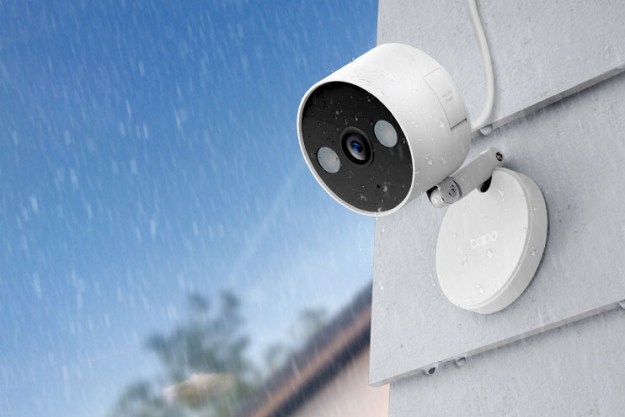The SceneSwitch adapts existing light switches to deliver three distinct light settings, providing basic control over the light scenes in your home. Ready to work right out of the box, these light bulbs need no app or internet connection to work.
Installation promises to be as simple as that of any other light fixture. Simply screw these LED light bulbs into a lamp or your ceiling fan (or whatever light source you may have) and flick a switch to get things going. To change the color, just flick the switch on and off until you’ve achieved your ideal color.
And don’t worry — you won’t have to flick endlessly every time you enter a room. Once you’ve left a switch alone for six seconds, the smart bulbs will recall that particular setting as the default. That means that the next time you turn on those lights, your fixtures will automatically illuminate in its most recent color temperature. What more could you want?
Bulbs start at just $9 each at Home Depot, which makes them some of the most affordable smart home accessories around. So if you’re tired of constantly fighting with harsh, unflattering light, the SceneSwitch may be a decent option.
So plan that romantic evening, friends. Your smart lighting system (and smart home) are ready to help you make an impression.
Editors' Recommendations
- Smart light bulbs vs. smart switches: The pros and cons
- Philips Hue makes it easier to manage smart lights with new module and switch


